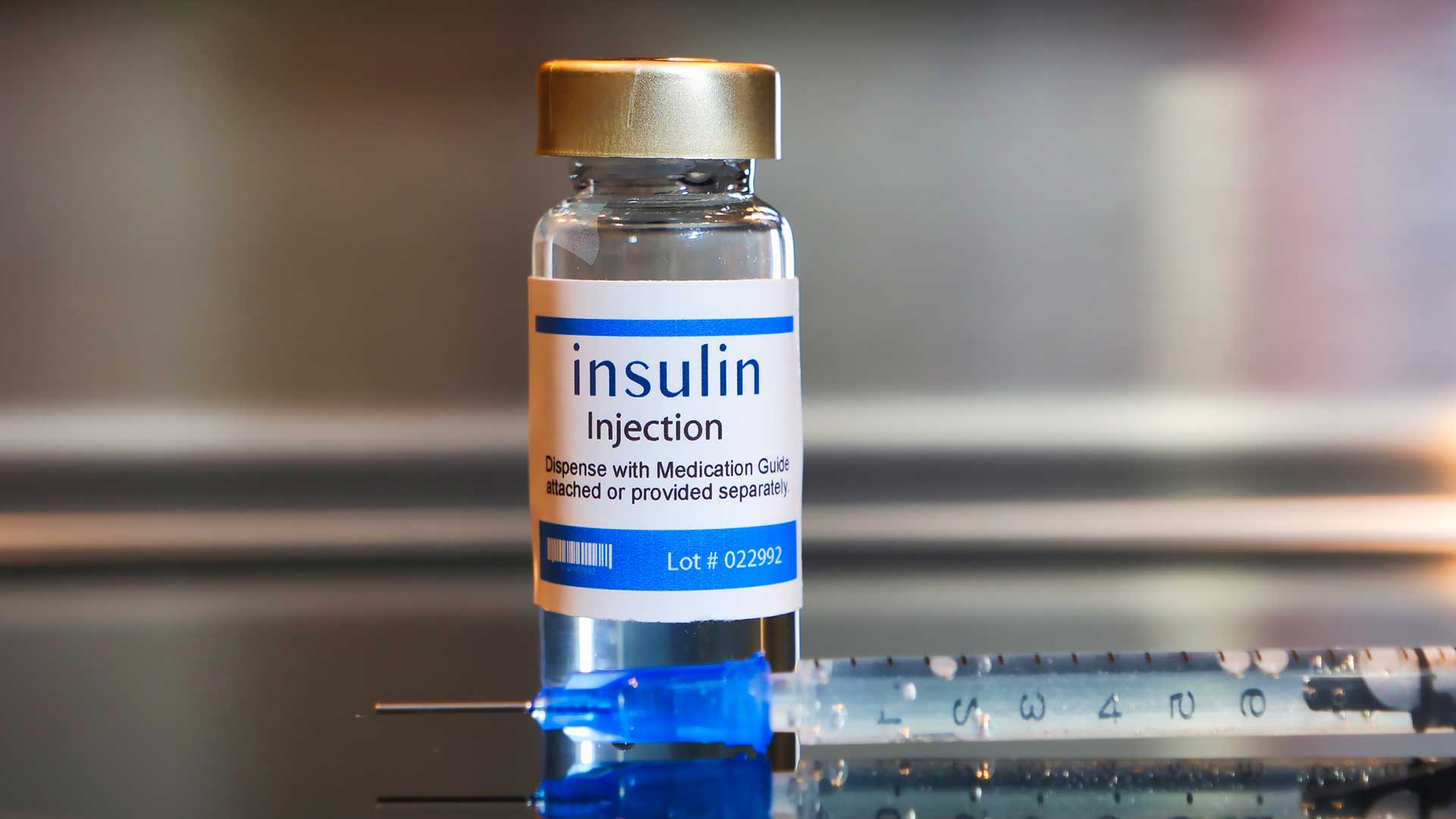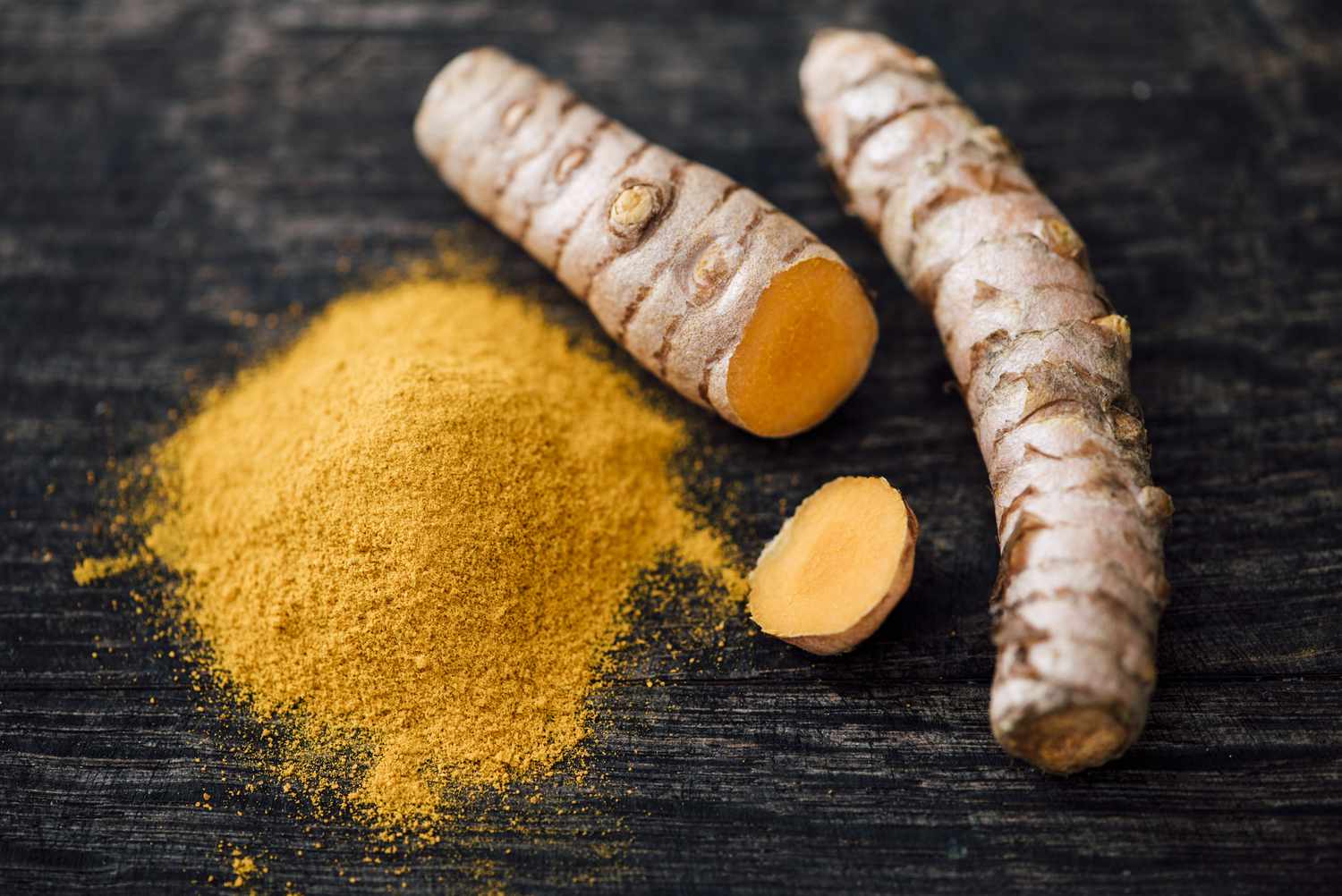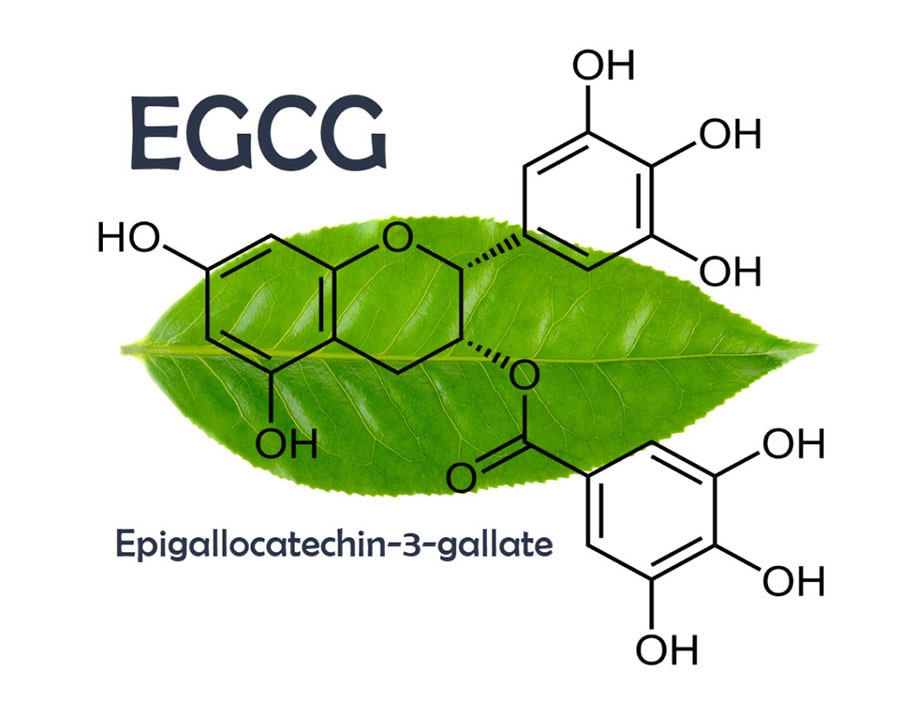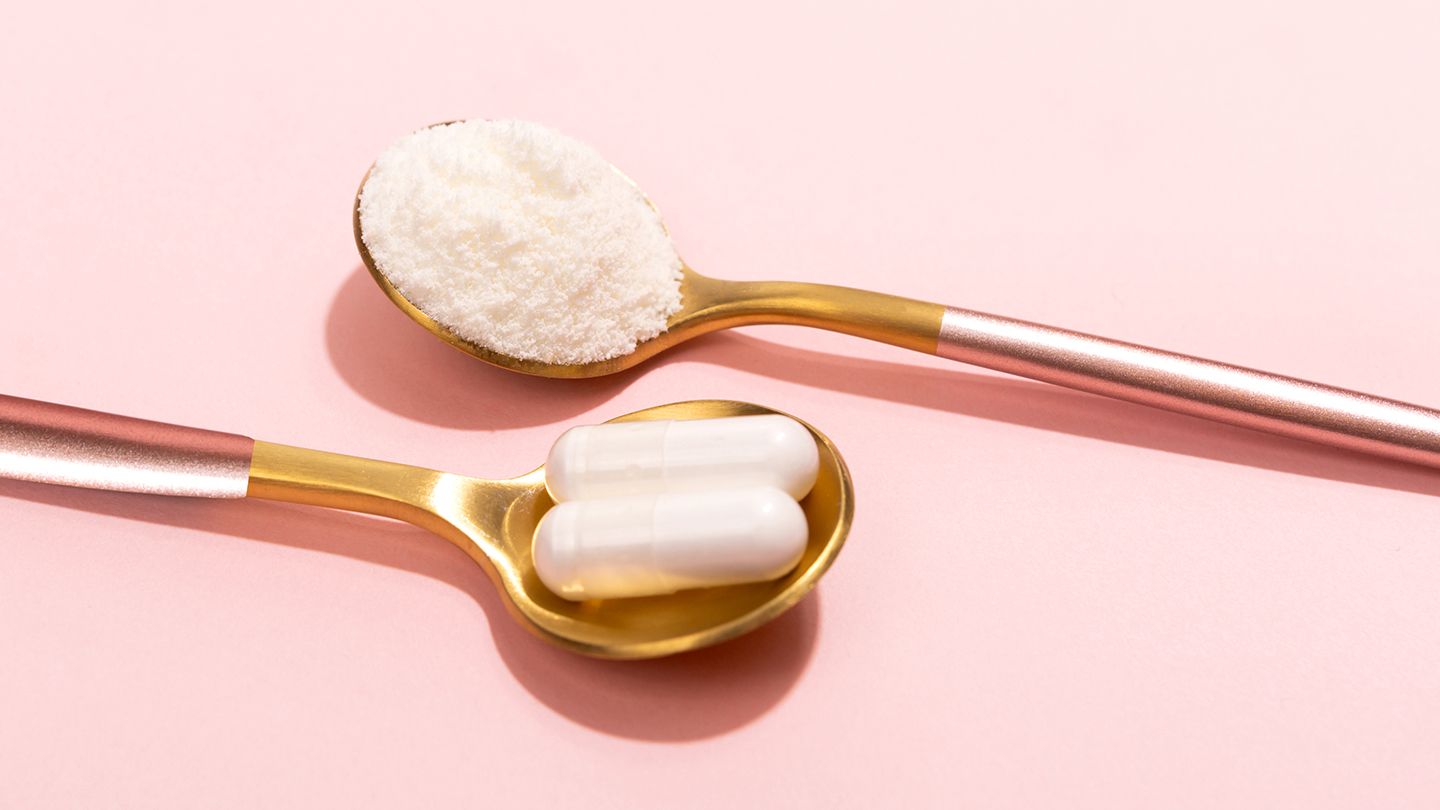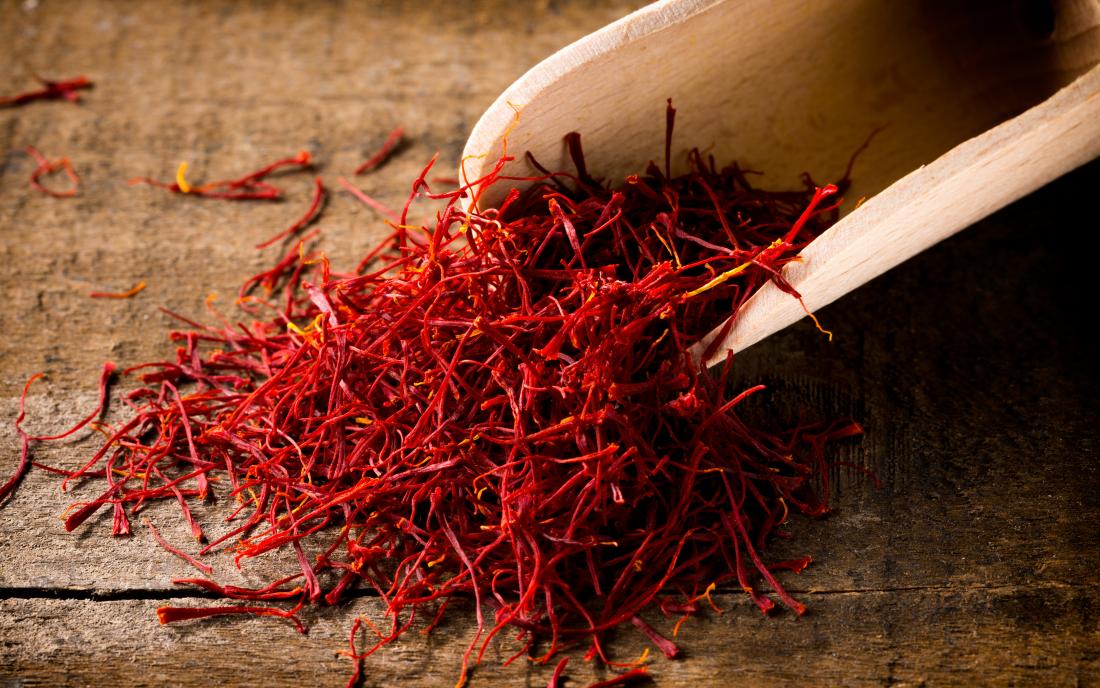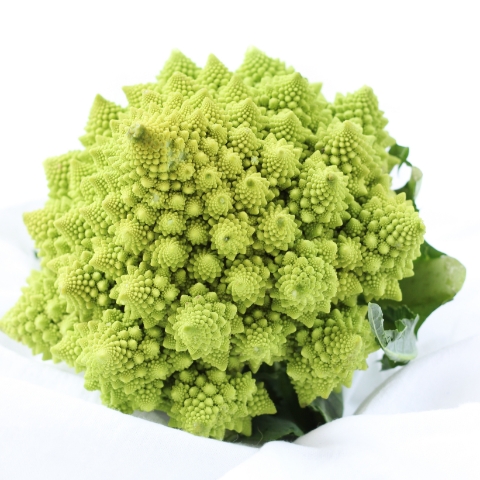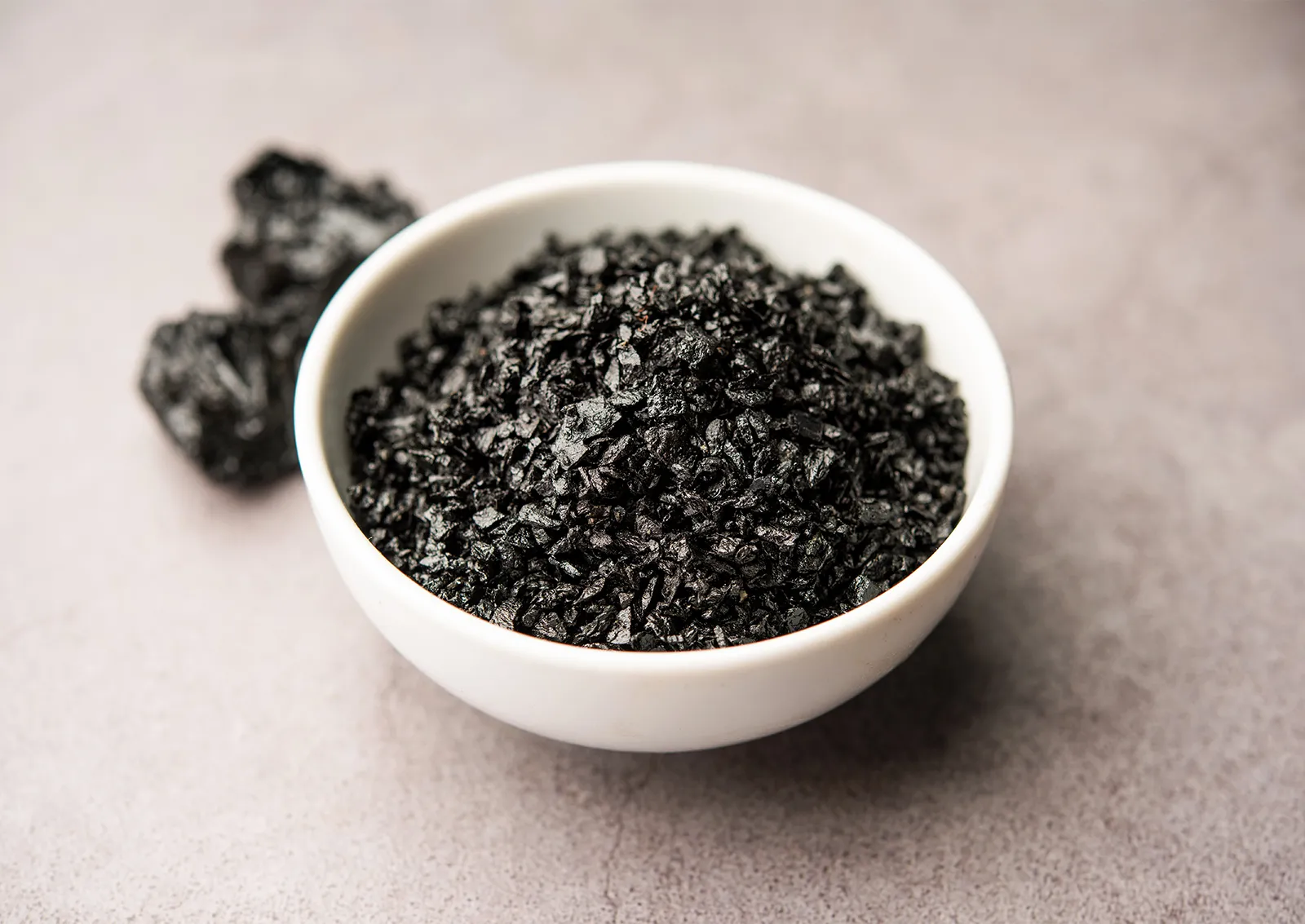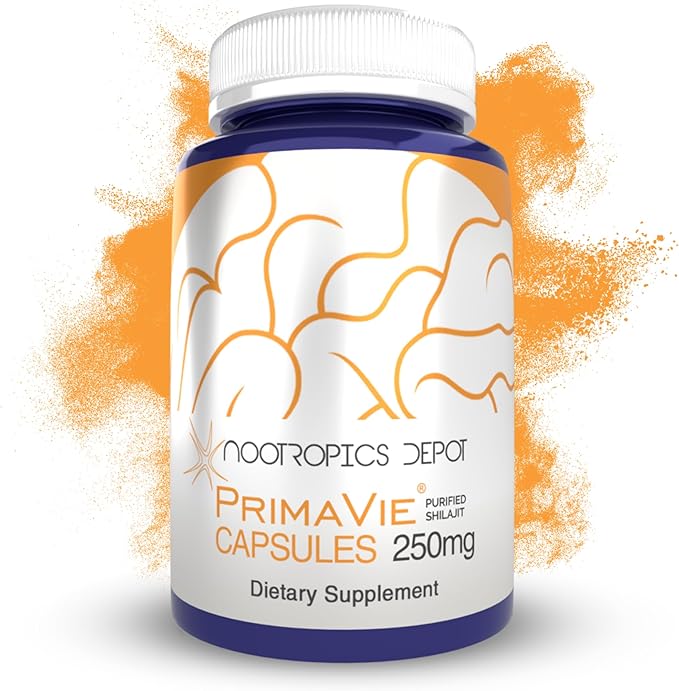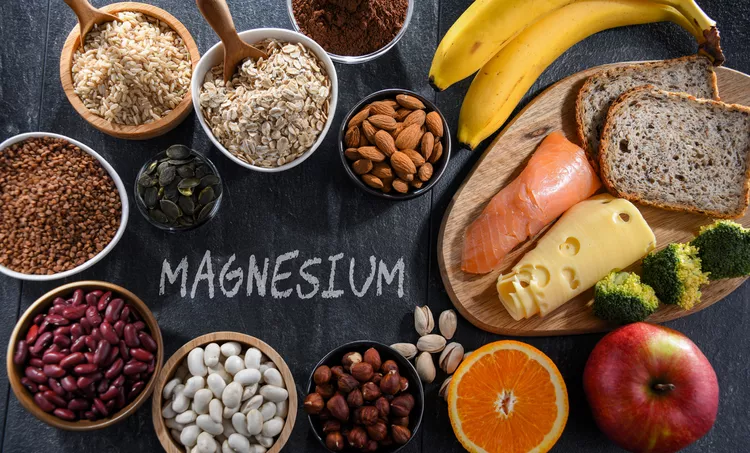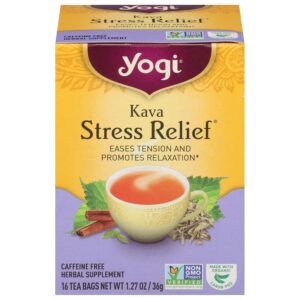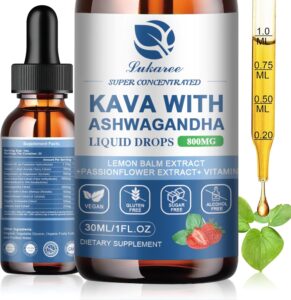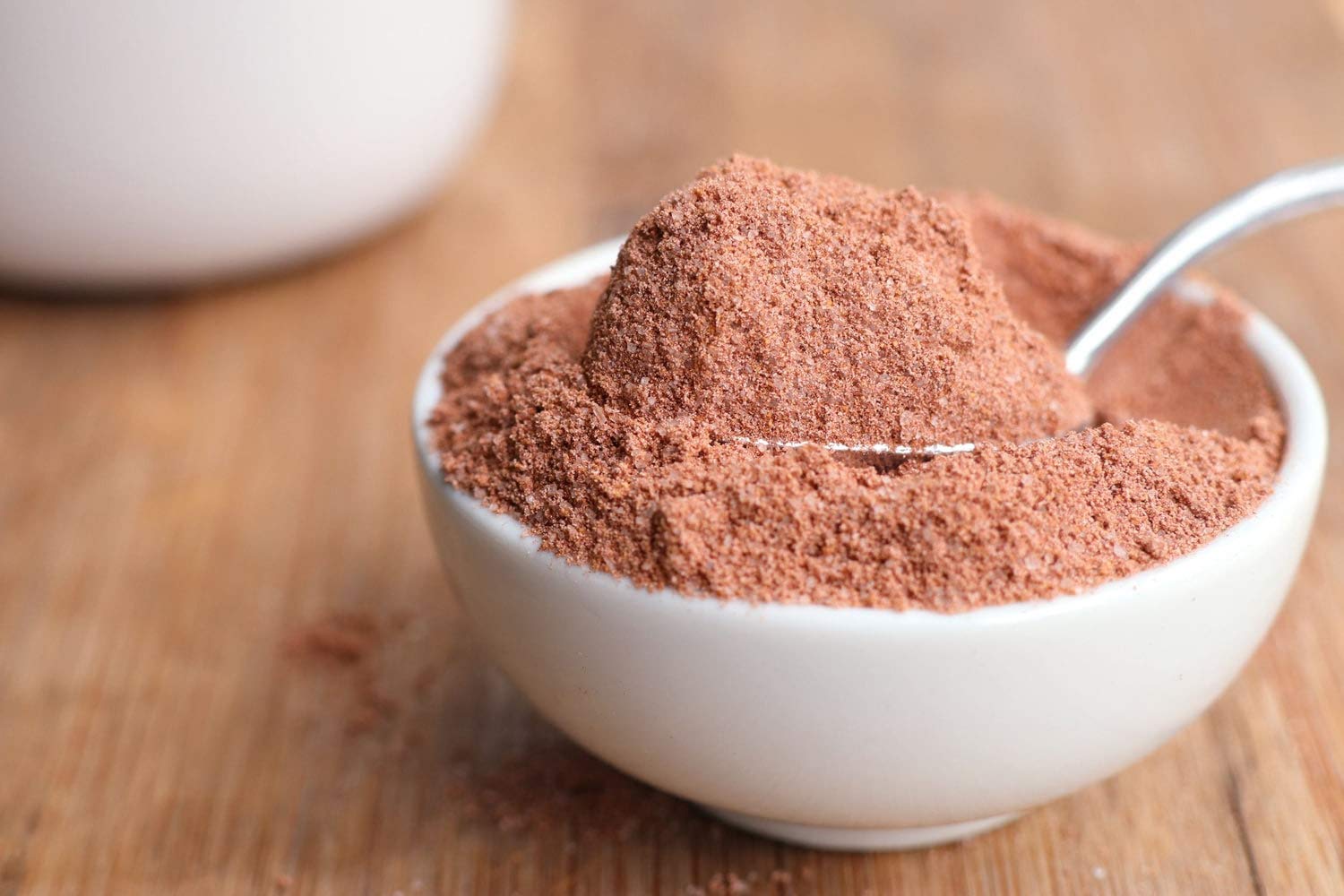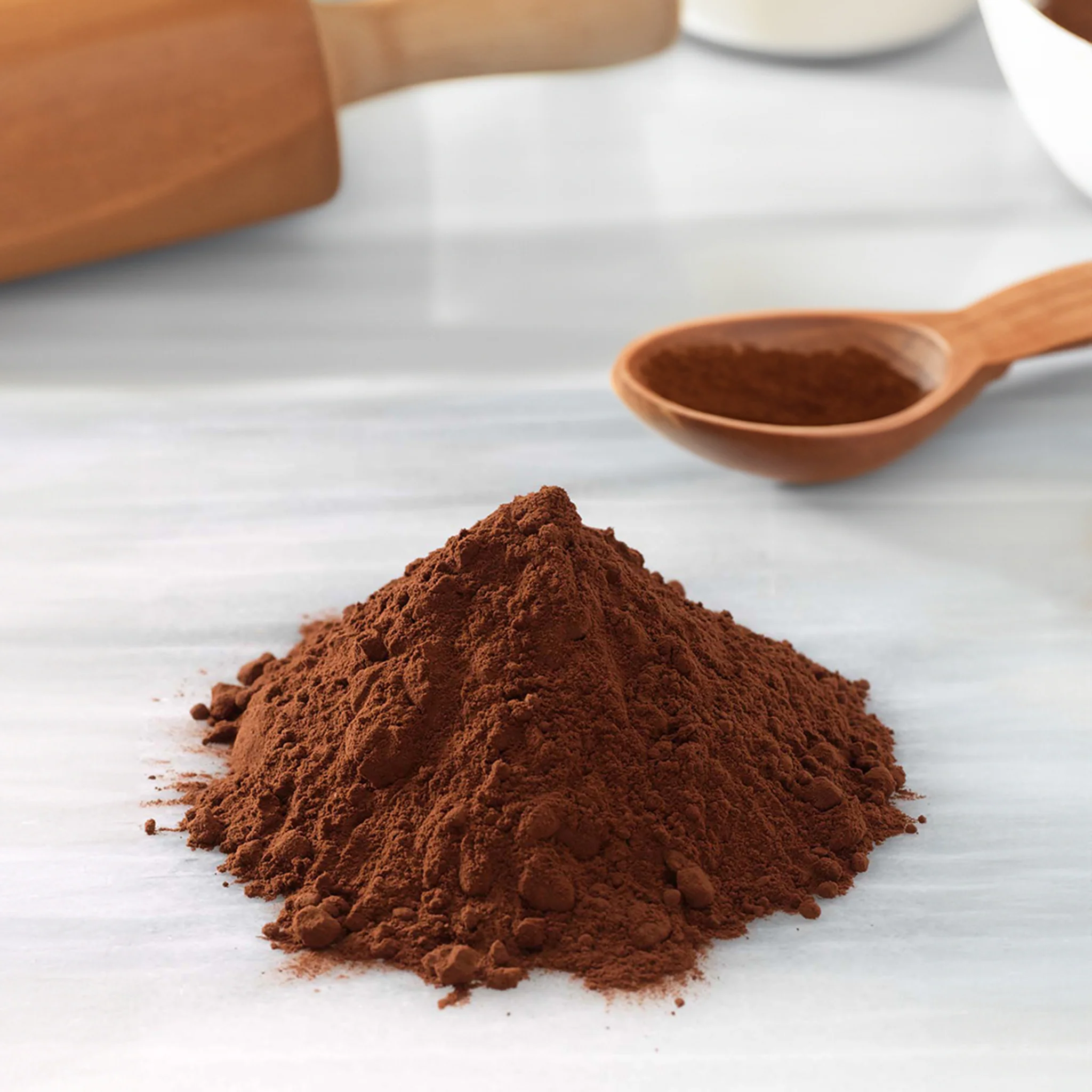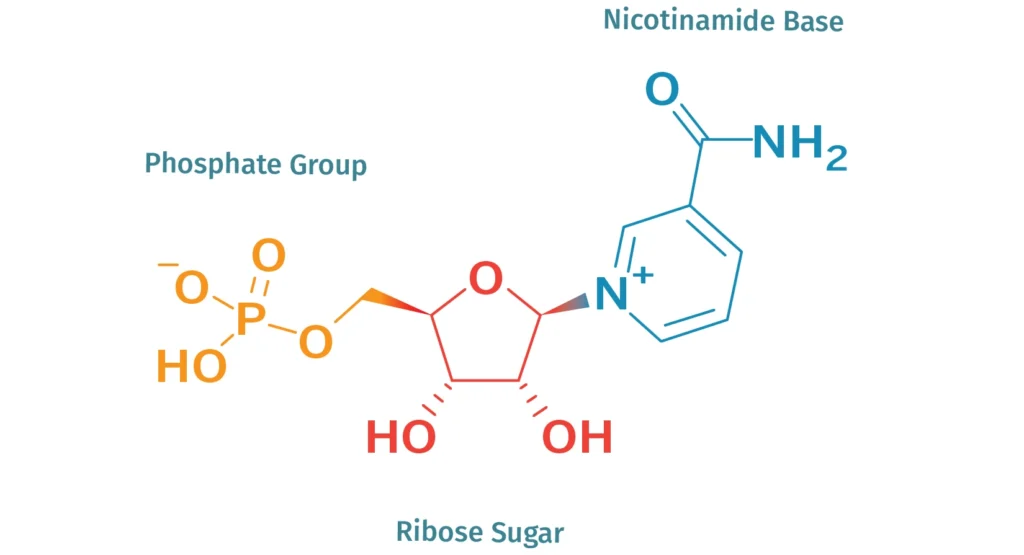Low Carb Diets
Killing your muscle gains?
Why Low-Carb Diets Might Hinder Muscle Development
Here’s a breakdown based on current understanding:
Reduced Energy for Workouts: Carbohydrates are the body’s primary fuel source for high-intensity exercise like weightlifting. Low glycogen stores from a low-carb diet can lead to fatigue, reduced strength, and lower workout performance, limiting the stimulus for muscle growth.
Impaired Recovery: Glycogen replenishment after workouts is critical for recovery. Low carbs can slow this process, potentially increasing muscle breakdown and delaying repair.
Lower Insulin Levels: Carbs spike insulin, which promotes muscle protein synthesis and nutrient uptake (like amino acids) into muscles. Low-carb diets reduce insulin response, potentially blunting muscle-building signals.
Hormonal Effects: Chronic low-carb diets may lower testosterone and increase cortisol, creating a catabolic environment less favorable for muscle growth.

Evidence and Context
Studies and Science
Research, like a 2018 study in Nutrition & Metabolism, found that low-carb, high-fat diets (e.g., keto) can support fat loss but may reduce anaerobic performance and muscle protein synthesis compared to higher-carb diets in resistance-trained individuals.
2020 study in Journal of Strength and Conditioning Research showed that keto diets preserved muscle mass during weight loss but didn’t enhance muscle growth compared to carb-inclusive diets, especially for high-intensity training.
Low-carb diets can hinder muscle development due to limited energy, slower recovery, and reduced anabolic signaling, but these effects can be minimized with strategic carb timing, high protein intake, and sufficient calories. If hypertrophy is your primary goal, a moderate-carb diet (e.g., 100-150g/day) may be more effective than very low-carb (<50g/day). Adjust based on your body’s response and training intensity.

What is Protein Oxidation?
when proteins are broken down into amino acids, and those amino acids are used for energy production or converted into other compounds (like glucose via gluconeogenesis). This process involves chemical reactions that “oxidize” the amino acids, often resulting in the loss of muscle tissue if the proteins come from your muscles.
- Low Glycogen Stores: Carbohydrates are the body’s preferred energy source, stored as glycogen in muscles and the liver. On a low-carb diet (e.g., <50g/day), glycogen depletes, and the body seeks alternative energy sources.
- Gluconeogenesis: When glucose is low, the body converts amino acids from proteins into glucose to fuel the brain and other tissues. This process ramps up on low-carb diets, increasing protein breakdown.
- Reduced Insulin: Low-carb diets lower insulin levels, which normally help spare protein by promoting muscle protein synthesis. Lower insulin can shift the body toward a catabolic state, increasing protein oxidation.
Want more?
How to Minimize Protein Oxidation
If you’re on a ketogenic diet (<20-30g carbs/day) and lifting weights, your body might break down muscle tissue to produce glucose for your brain or energy for your workouts, especially if fat adaptation hasn’t fully kicked in (which can take weeks). This increased protein oxidation could reduce muscle protein available for repair and growth, hindering gym progress.
- Increase Protein Intake: Eat enough protein to cover both muscle repair and the body’s increased demand for amino acids (aim for 1.8-2.5g/kg body weight).
- Time Carbs Wisely: Even small amounts of carbs (e.g., 20-50g around workouts) can spare protein by providing glucose and replenishing glycogen.
- Monitor Calorie Intake: A calorie deficit amplifies protein oxidation, so aim for maintenance or a slight surplus if muscle growth is the goal.

Long term complications
Why low carb and keto isn’t good long term
Gluconeogenesis, the process where the body converts non-carbohydrate sources like amino acids (from proteins) and glycerol (from fats) into glucose, is a vital survival mechanism, especially during low-carb diets or fasting. However, relying heavily on gluconeogenesis long-term, particularly in the context of a very low-carb diet, can have downsides. Here’s why it may not be ideal for sustained periods:
- Mechanism: Gluconeogenesis often uses amino acids from muscle protein as a primary substrate when dietary carbs and glycogen are low. Over time, this can lead to muscle catabolism (breakdown), reducing muscle mass and strength.
- Impact: For gym-goers aiming for muscle development, chronic muscle protein breakdown can hinder hypertrophy and recovery, as seen in studies like a 2018 Journal of Strength and Conditioning Research article noting reduced anabolic signaling in low-carb states.
- Long-Term Concern: Persistent muscle loss can weaken physical performance, lower metabolism, and increase injury risk, especially if protein intake isn’t high enough to compensate (e.g., >2.2g/kg body weight).
Increased Stress on the Body:
- Hormonal Effects: Gluconeogenesis is energy-intensive and can elevate cortisol levels, a stress hormone that promotes protein breakdown and fat storage while suppressing testosterone, which is crucial for muscle growth and overall health.
- Long-Term Concern: Chronically elevated cortisol may lead to fatigue, impaired immune function, and metabolic imbalances, as noted in research on prolonged ketogenic diets (e.g., Nutrition & Metabolism, 2020).
Nutrient Imbalance and Deficiency Risks:
- Protein Overuse: Heavy reliance on gluconeogenesis increases the body’s demand for amino acids, potentially diverting dietary protein away from muscle repair and other functions (e.g., enzyme or hormone production).
- Micronutrient Gaps: Low-carb diets often limit fruits, vegetables, and whole grains, which are carb-rich but also provide essential vitamins and minerals. Over time, this can lead to deficiencies that impair energy metabolism and recovery, indirectly stressing gluconeogenesis pathways.
- Long-Term Concern: Nutrient deficiencies can cause fatigue, weakened immunity, and poor gym performance, compounding the strain of gluconeogenesis.
Bottom Line
Long-term reliance on gluconeogenesis from a very low-carb diet can lead to muscle loss, hormonal imbalances, nutrient deficiencies, reduced athletic performance, and potential organ strain. These risks are higher for gym-goers focused on muscle development due to the body’s increased demand for glucose and protein during intense training. Incorporating strategic carbs, ensuring high protein, and monitoring health can mitigate these issues.


